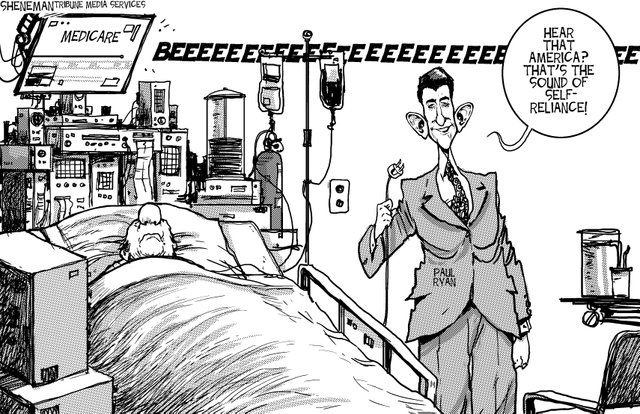A valuable project would be for the digital humanities community to develop a collection of add-ons that would integrate easily with these CMSes and improve the accessibility of the websites they deliver.
As somebody with experience with a lot of these programs, this is very ambitious with the limited capabilities allotted to non-paying users versus premium users. However, I like the idea of integrating multimodality/multimedia use with the various facets of the internet that newer browsers have to offer.
